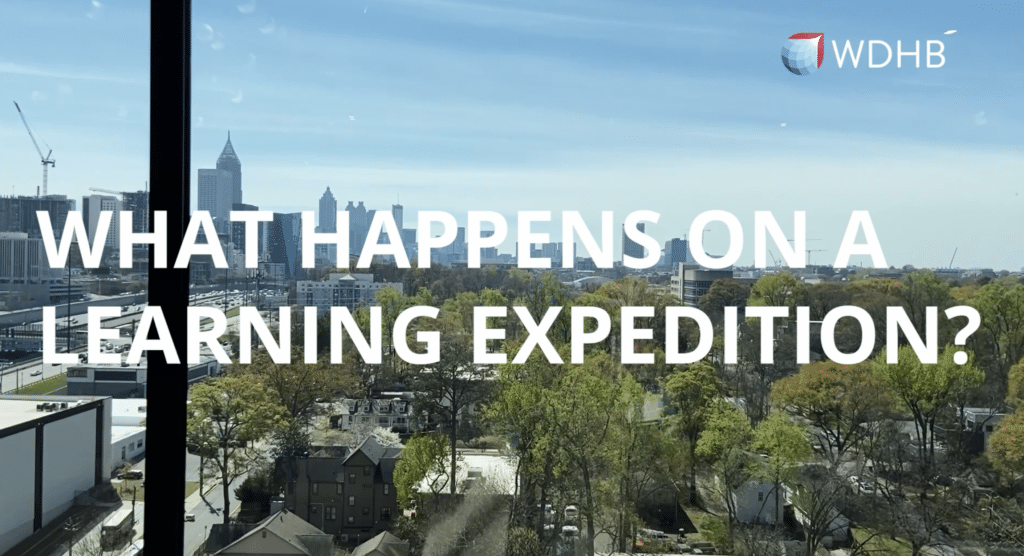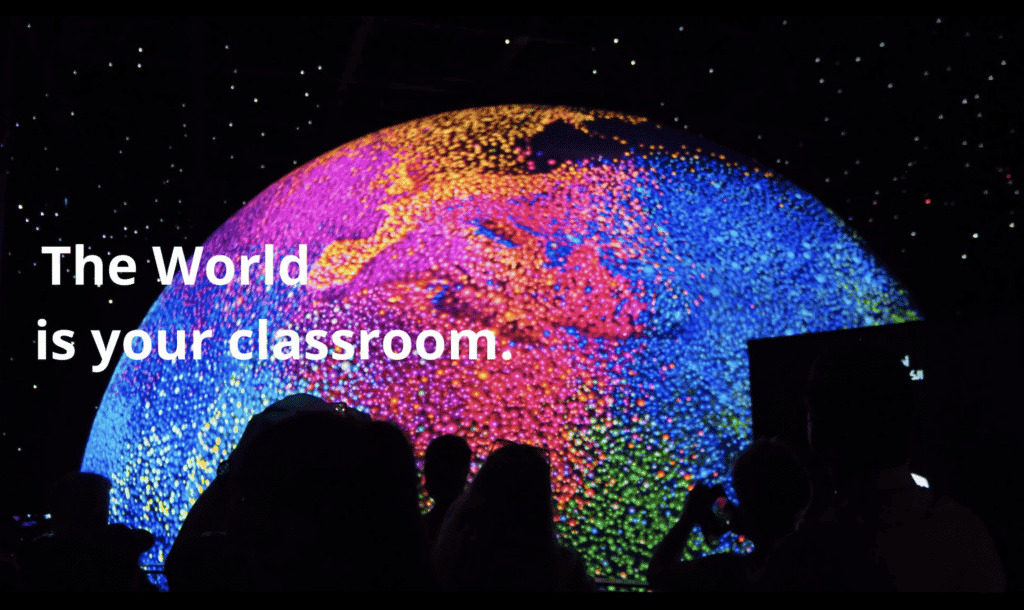WDHB Solutions
Resilient Leadership by Imane Terrab, Chief Advisory Officer
Imane Terrab, Chief Advisory Officer at WDHB, shares her insight into resiliency and leadership. Imane reflects on the value of continuous positivity and adaptability, embodying self-regulation while addressing many misconceptions about the concept of resilience.
Transcript
One of the big misconceptions in my mind is this idea that resilience is about the ability to bounce back from hardship at a certain moment in time. Yes, that is true, but I also think resilience is a lot about the continuous positive and adaptive response in the face of continuous adversity. So it’s a long-term trait and it’s a characteristic that can be developed in people.
Another misconception is that we sometimes think that resilience is about going back to where you were before you experienced hardship. What we’re seeing these days shows that resilience is mostly about building the capacity to turn toxic stress into tolerable stress – developing the capacities to self-regulate, to monitor one’s own behavior in order to be able to move past that toxic stress into a level of stress that’s tolerable. And that still enables you to identify the ways forward as well as potentially the opportunities and the silver linings in any situation. That doesn’t necessarily mean going back to where we were before.
Last but not least, we tend to think of grit and resilience as synonyms. I think grit is a big part of resilience and it’s an individual capacity that can be developed in people, but beyond that resilience also has a collective dimension. It’s very much about nurturing the relationships that enable you to adapt to changing circumstances. One of the things that I’m seeing around me quite a bit these days is the application of this concept of “bring your whole self to work”. It used to be a bit of a tagline in recent years and I think recently, because people are mostly stuck at home or many of us are stuck at home, we have no choice but to bring ourselves, our whole selves to work.
I think it’s it’s very interesting to see so many people you know taking calls with crying babies on their laps and experiencing patchy internet connectivity, and having messy kitchens in the background, and not knowing how to remove filters. This doesn’t mean that boundaries between work and personal life should not exist anymore, but I personally have felt some personal progress in the fact that I don’t shy away anymore from telling co-workers when I’m experiencing a challenge at home. It used to be something that I would very much keep for myself because I wanted to keep everything under control. Hopefully, once the crisis is behind us, this kind of stays as a lesson in empathy and hence, a way to build relationships and nurture them in a more honest and authentic way – which in turn builds our collective resilience capacity.
Resilience is one of the organizational features that HR and learning development teams want to develop. Sometimes they come to us and we help them by building strategies that feature resilience or designing curriculums and journeys specifically around that topic. Beyond that, we also see L&D (Learning and Development) teams struggle with a few pain points having to do with reskilling in a world of rapid change, as well as building a culture where learning is more than a box to tick. Our consultant services can support in all of these dimensions through assessments, strategy definition, purpose building, curriculum and journey design, as well as support in the implementation of your projects.
Top 3 Points Made
Based on the video transcript, the top three points made are:
- Redefining Resilience: The speaker challenges the common misconception that resilience is merely about bouncing back from hardship at a specific moment. Instead, they argue that resilience is a long-term trait characterized by a continuous, positive, and adaptive response to ongoing adversity. They emphasize that resilience involves the development of capacities to transform toxic stress into tolerable stress and self-regulate behavior to identify forward paths and opportunities.
- Resilience Beyond Individual Grit: While grit is acknowledged as a component of resilience, the speaker clarifies that resilience is not just about individual tenacity. It also encompasses a collective dimension, focusing on nurturing relationships that enable adaptation to changing circumstances. This broader view of resilience includes both personal and social aspects, highlighting the importance of supportive networks and environments.
- The Role of Authenticity and Empathy in Building Resilience: The concept of bringing one’s whole self to work, especially relevant during times when many are working from home, is discussed. The speaker notes the potential for personal progress in being open about challenges faced at home, suggesting that this openness can foster empathy and build stronger, more authentic relationships. This, in turn, contributes to collective resilience. Additionally, they discuss the role of HR and Learning and development teams in fostering resilience, including designing strategies and curriculums around this concept, as well as addressing challenges like reskilling and creating a culture where learning drives change.





